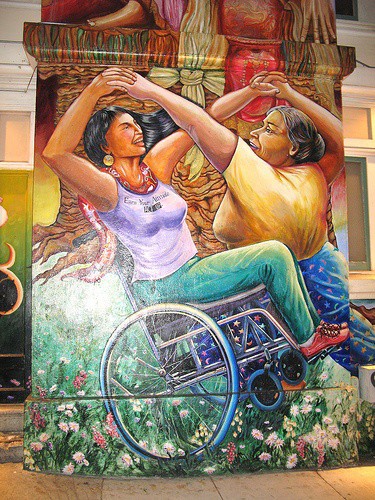
Breaking Barriers: Overcoming Stigma and Discrimination against Persons with Disabilities in India
Persons with disabilities are one of the most vulnerable and marginalized groups in India. Despite legal protections and policies aimed at promoting inclusion and equal opportunities, people with disabilities continue to face a range of challenges, including stigma, discrimination, and social exclusion. In this blog, we will discuss the barriers faced by persons with disabilities in India and explore ways to break down those barriers.
Barriers to Inclusion
People with disabilities in India face multiple barriers to full inclusion in society. One of the most significant barriers is the lack of accessibility. Many buildings, transportation systems, and public spaces are not designed to be accessible to people with disabilities. This makes it difficult for them to move around independently and participate in everyday activities.
Another barrier is the negative attitudes and stereotypes held by some people towards persons with disabilities. This can lead to social exclusion and discrimination in employment, education, and other areas of life. In some cases, persons with disabilities may be denied opportunities or treated unfairly because of their disability.
In addition to these barriers, people with disabilities often face economic and social marginalization, which can exacerbate their difficulties in accessing basic services and opportunities. Poverty, lack of education, and limited access to healthcare can all contribute to the exclusion of persons with disabilities from society.
Breaking Down Barriers
Breaking down the barriers faced by persons with disabilities in India requires a multifaceted approach. One important step is to increase awareness and understanding of disability issues among the general public. This can help to reduce stigma and discrimination and promote a more inclusive society.
Improving accessibility is also critical. This involves ensuring that buildings, transportation systems, and public spaces are designed to be accessible to people with disabilities. In addition, there needs to be a greater focus on providing assistive technology and other support services that can help persons with disabilities to participate more fully in society.
Education and employment are also key areas where barriers need to be broken down. Persons with disabilities should have equal access to education and training opportunities, as well as to employment. This requires employers and educational institutions to provide reasonable accommodations and support services to enable persons with disabilities to succeed.
Finally, it is important to address the economic and social marginalization of persons with disabilities. This can be achieved through a range of measures, including poverty alleviation programs, healthcare initiatives, and community-based rehabilitation programs.
Conclusion
Breaking down the barriers faced by persons with disabilities in India is a complex and multifaceted task. It requires a concerted effort by government, civil society, and the private sector to promote awareness, improve accessibility, and address the economic and social marginalization of persons with disabilities. By working together, we can build a more inclusive society where persons with disabilities are valued and empowered to reach their full potential.
